
Operation Market Garden: Nijmegen
Operation Market Garden: Nijmegen
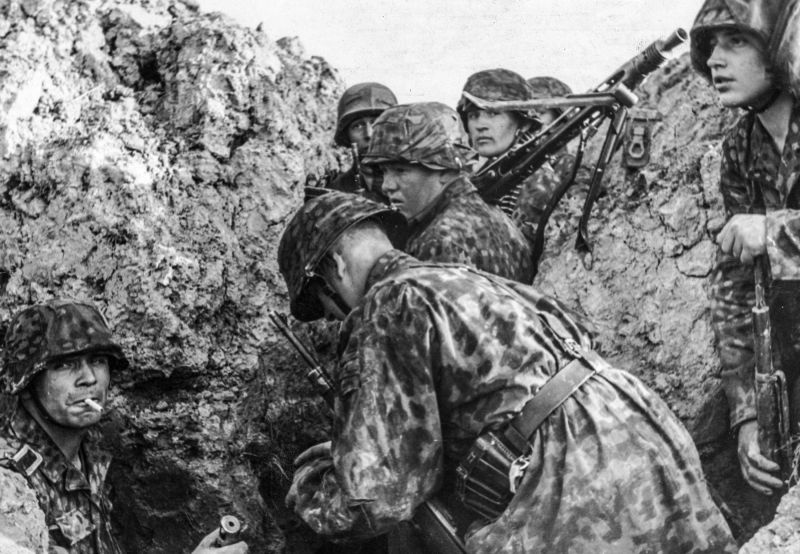
SS Panzer Grenadier
SS Panzer Grenadier
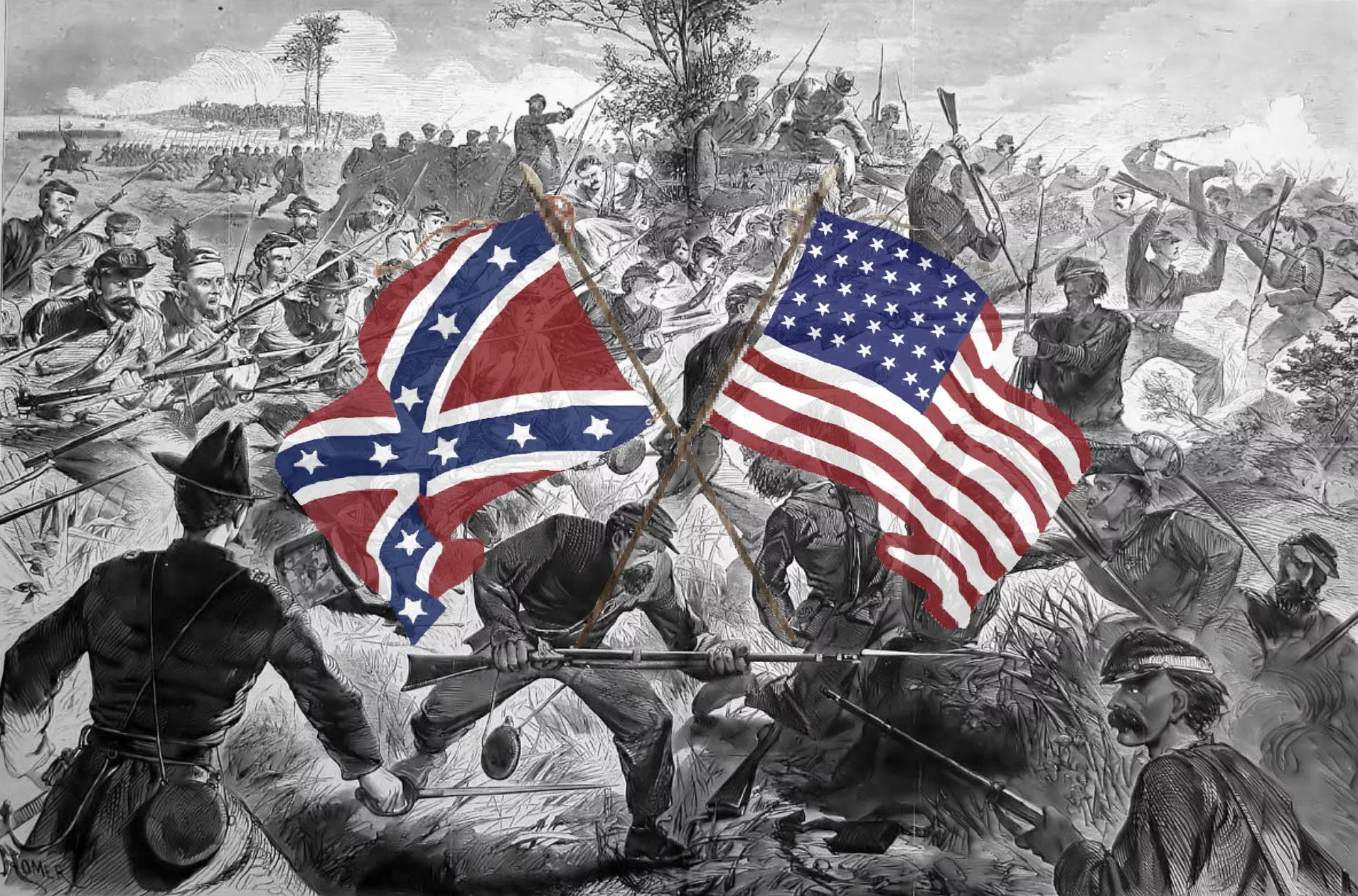
The Background and Outbreak of the English Civil War
The Background and Outbreak of the English Civil War
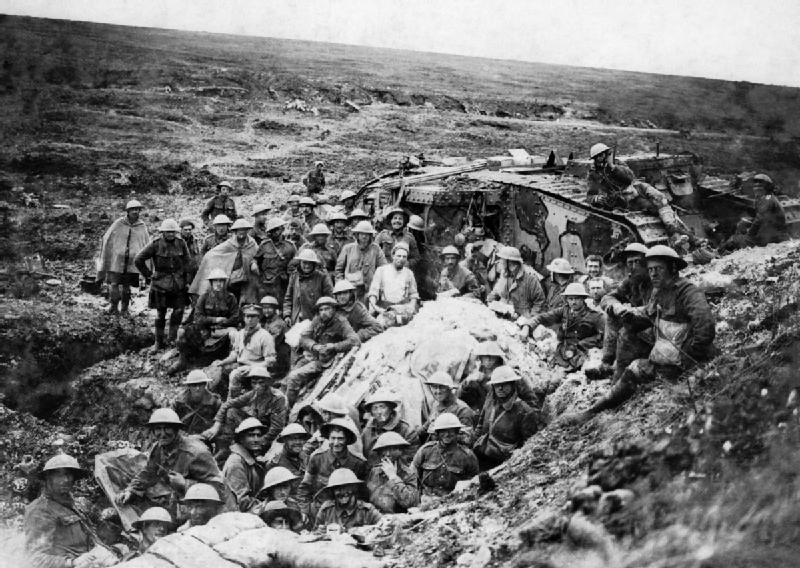
The Somme 1916: Mansel Copse
The Somme 1916: Mansel Copse
Battlefield History
Meticulous Detail for the Dedicated Enthusiast
In the vast and ever-expanding landscape of documentary filmmaking, niche producers often carve out specific territories, catering to audiences with highly focused interests. Battlefield History appears to be one such entity, a name associated with a series of detailed, often granular explorations of military conflicts and historical periods. Lacking the high profile of major documentary studios, their work circulates primarily among dedicated enthusiasts, found not on multiplex screens but through specialist distributors or online platforms. Reviewing titles like Operation Market Garden: Nijmegen (2012), SS Panzer Grenadier, The Background and Outbreak of the English Civil War, The Somme 1916: Mansel Copse, and The Somme 1916: Pommiers Redoubt requires peering into this specific corner of historical documentation, assessing not just the content but the very nature of this low-key production house.
The Enigmatic Studio: Who is Battlefield History?
Unlike production companies with slick websites and extensive press kits, Battlefield History remains largely enigmatic. Searches for detailed corporate information, key personnel lists, or mission statements yield little. This obscurity itself suggests a particular operational model: likely a small, perhaps even single-person or micro-team operation, driven by a deep passion for military history rather than broad commercial ambitions. It’s plausible that the driving force is a historian, a researcher, or a dedicated filmmaker with a singular focus on specific historical events.
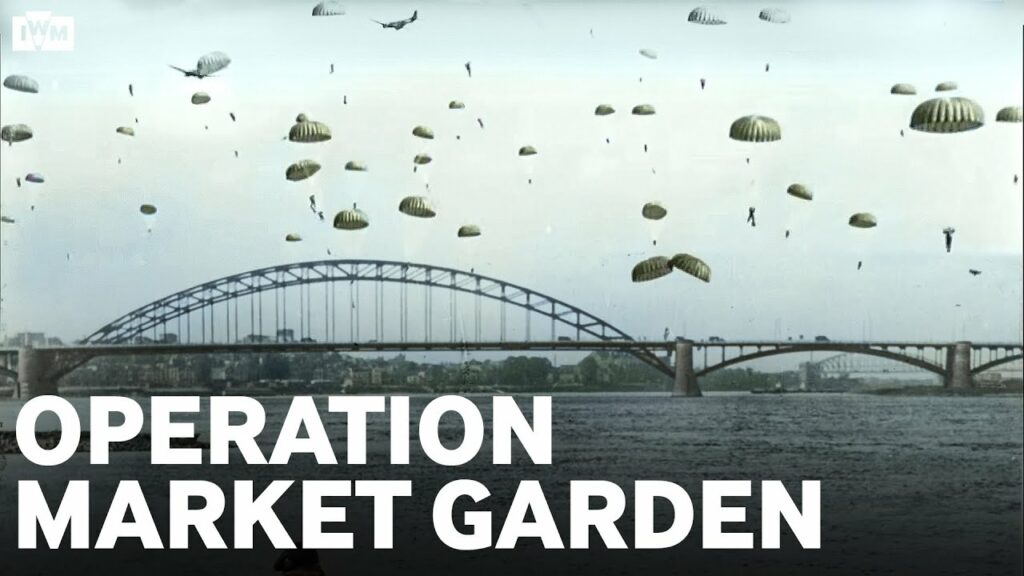
Without publicly available team rosters, identifying the consistent creative voice behind these productions is challenging. Credits on individual films might reveal recurring names – a director, writer, or narrator – who could be the core of Battlefield History. However, the lack of readily accessible information forces us to assess the entity primarily through its output. This focus on the work itself, rather than a cultivated brand identity, is characteristic of many specialist factual producers. Their reputation rests not on marketing, but on the perceived accuracy and depth of their historical narratives, primarily judged by the knowledgeable audience they serve. They operate in a sphere where content fidelity often trumps production gloss.
A Catalogue of Conflict: Surveying the Films
The titles attributed to Battlefield History reveal a clear thematic consistency: a deep dive into specific military events and periods, primarily focusing on 20th-century European conflicts and aspects of British history. Let’s consider the scope suggested by the known examples:
- Operation Market Garden: Nijmegen (2012): This title points to a focused examination of a specific, crucial sector within the ambitious but ultimately ill-fated Allied airborne operation of World War II. One expects a detailed account of the battle for the Nijmegen bridges, likely involving tactical analysis, troop movements, and perhaps firsthand accounts if available through archival sources. The tight focus on Nijmegen suggests a granular approach, potentially part of a larger series on Market Garden or indicative of a methodology that dissects large operations into manageable, detailed segments.
- SS Panzer Grenadier: This title is broader yet still specific, promising an exploration of the infamous Waffen-SS infantry units. Documentaries on this topic carry a heavy weight of responsibility. One anticipates an examination of their formation, ideology, equipment, combat record, and inevitably, their deep entanglement with Nazi atrocities. The approach could range from a purely military analysis to a more critical contextualization within the broader history of the Third Reich and the Holocaust. The quality and objectivity of such a documentary are paramount.
- The Background and Outbreak of the English Civil War: Shifting focus dramatically, this title indicates an interest beyond modern warfare, delving into 17th-century British history. This suggests Battlefield History is not solely a WWII/WWI outfit. The focus on “background and outbreak” implies an analytical approach, likely exploring the complex political, religious, and social factors leading to the conflict, rather than just a recounting of battles. This requires a different kind of historical expertise and presentation style.
- The Somme 1916: Mansel Copse and The Somme 1916: Pommiers Redoubt: These two titles exemplify the highly specific, micro-historical approach suggested by the Nijmegen documentary. Focusing on named topographical features central to particular trench assaults during the Battle of the Somme indicates an extremely detailed, ground-level perspective. These films likely offer meticulous reconstructions of specific actions, possibly using trench maps, war diaries, and detailed battlefield topography to explain the brutal realities of trench warfare on a very localized scale. This approach appeals strongly to dedicated students of the Great War interested in tactical specifics often lost in broader histories.
This catalogue suggests a production ethos centered on depth over breadth, favoring detailed case studies of battles, units, or historical turning points, likely aimed at viewers already possessing some foundational knowledge of the subjects.
Historical Approach: Accuracy, Depth, and Perspective
The value of any historical documentary rests heavily on its research, accuracy, and the perspective it offers. Given Battlefield History’s focus on specific, often complex and sensitive topics, their approach demands scrutiny.
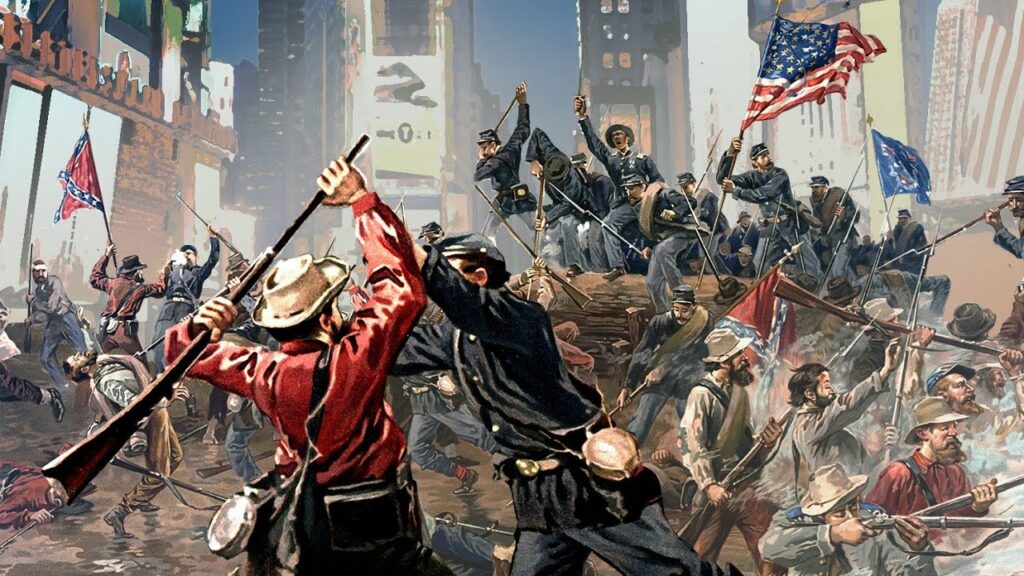
Judging by the titles and the typical expectations within the military history niche, one anticipates an emphasis on factual detail. User reviews and forum discussions (often the only available critiques for such niche productions) frequently praise or condemn documentaries based on perceived accuracy regarding troop movements, equipment specifications, timelines, and casualty figures. Battlefield History likely aims to satisfy this demand for rigorous detail. Their Somme titles, for instance, suggest a commitment to micro-history that relies on deep archival research.
The use of sources is critical. Do these documentaries rely on established historiography? Do they incorporate primary sources like letters, diaries, or official reports? Is there evidence of expert consultation, perhaps through interviews (though potentially unlikely given budget constraints) or cited research?
Perspective is equally important, especially for subjects like the SS Panzer Grenadier. A purely operational history devoid of ethical context would be problematic. A responsible documentary must address the unit’s war crimes and ideological underpinnings. Similarly, the English Civil War documentary needs to navigate complex historical debates without undue bias. Audience feedback often highlights perceived biases or lack of critical context in niche military documentaries.
The narration style in such productions tends towards the authoritative and informative, sometimes bordering on dry. The goal is often didactic – to educate the viewer on the specifics of the event. Engagement comes from the inherent interest in the subject matter rather than necessarily from dynamic storytelling, though the best examples manage both.
Visual Storytelling: Bringing History to the Screen
While historical depth is paramount, the visual presentation significantly impacts a documentary’s effectiveness and watchability. For a low-profile producer like Battlefield History, production values are likely functional rather than cinematic.
Common visual tools in this genre include:
- Maps and Graphics: Essential for depicting troop movements, geographical context, and strategic plans. Clarity and accuracy are key.
- Archival Footage and Photographs: Provide authenticity and immediate connection to the period. The quality and relevance of chosen footage are important.
- On-Location Filming: Visiting historical sites and battlefields adds immediacy. Filming at Mansel Copse or Pommiers Redoubt today, explaining the events that transpired there, is a powerful technique often used in battlefield documentaries.
- Reenactments: Often limited or absent in lower-budget productions due to cost. If used, their quality and historical accuracy can vary widely. Battlefield History might rely more on narration over maps and archival material.
The cinematography is likely straightforward, prioritizing clear documentation over artistic flair. Editing would focus on logically structuring the historical narrative, intercutting maps, archival material, and potentially modern-day location shots. The overall feel is often that of a visual lecture or a guided battlefield tour, effective for conveying information but perhaps lacking the immersive quality of higher-budget productions. User reviews might comment on production values appearing dated or basic, even if the historical content is appreciated.
Reception and Reach: Voices from the Niche
Mainstream critical attention for Battlefield History’s output is almost certainly non-existent. Their films are unlikely to feature in major festivals or receive reviews in prominent media outlets. Instead, their reception must be gauged from the communities they target.
- Audience Feedback: Platforms like IMDb, Letterboxd, specialized forums (e.g., military history forums, WWI/WWII discussion groups), and YouTube comments sections become the primary sources of feedback. Reviews here are often written by knowledgeable amateurs, enthusiasts, or even professional historians.
- Praise: Positive comments likely focus on the level of detail, perceived historical accuracy, the choice of interesting and specific subjects often overlooked by broader documentaries, and the clear presentation of tactical situations. Viewers appreciating the “no-frills,” information-dense approach are the core audience.
- Criticism: Negative feedback might target several areas: production values (basic visuals, sound quality), pacing (potentially slow or dry), narration style (monotone), lack of broader context, or contested historical interpretations/accuracy. For topics like the SS, criticism might focus on a perceived lack of critical perspective or glorification of military aspects.
- Popularity and Reach: Popularity is relative. Within the specific niche of military history enthusiasts and students of particular conflicts (like the Somme or Market Garden), these films might be well-known and reasonably popular. However, their reach beyond this dedicated audience is likely minimal. They are tools for deep learning for those already invested, rather than introductory pieces for a general audience.
Conclusion: Verdict on a Specialist Producer
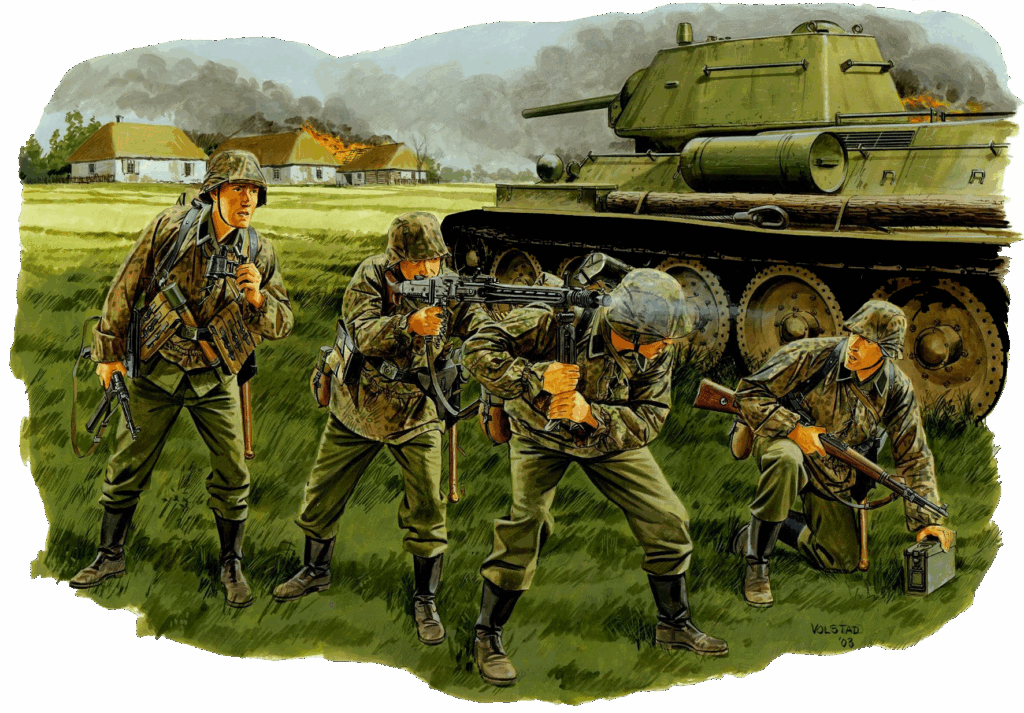
Battlefield History exemplifies a vital, if often overlooked, segment of the documentary world: the specialist producer serving a knowledgeable and demanding niche audience. Their strength appears to lie in a commitment to detailed, focused historical accounts, tackling specific battles, units, and periods with a granularity often absent in more mainstream productions. Titles like the Somme 1916 pair or the Nijmegen study suggest a dedication to micro-history that is invaluable for dedicated enthusiasts.
However, this specialization comes with likely trade-offs. Production values are probably modest, the presentation potentially dry, and the reach limited. The very obscurity of the studio suggests a focus on substance over style, content over commercialism. Their films are likely perceived as reliable, if unflashy, resources within their specific historical domains.
Are they groundbreaking cinema? Unlikely. Are they essential viewing for the average documentary watcher? Probably not. But for the student of the English Civil War, the Somme, Market Garden, or even the difficult history of the Waffen-SS, seeking detailed, focused analysis, Battlefield History’s productions likely offer significant value. They fulfill a specific educational role, providing deep dives that larger, more commercially oriented producers might overlook. Their contribution lies not in broad appeal, but in servicing the dedicated few who seek to understand the intricacies of conflict, one meticulously researched battlefield segment at a time.
Battlefield History: Key Information Summary
| Feature | Details |
|---|---|
| Studio Name | Battlefield History |
| Type | Documentary Production Entity (Likely small/specialist) |
| Known Films | Operation Market Garden: Nijmegen (2012), SS Panzer Grenadier, The Background and Outbreak of the English Civil War, The Somme 1916: Mansel Copse, The Somme 1916: Pommiers Redoubt |
| Apparent Focus | Detailed military history, specific battles/units (WWI, WWII), British history (English Civil War) |
| Likely Style | Fact-focused, detailed, potentially dry narration, use of maps/archives, functional production values |
| Team/Personnel | Obscure, likely small team or individual historian/filmmaker |
| Reception | Minimal mainstream reviews; Niche audience praise for detail/accuracy; Criticism for budget/presentation |
| Target Audience | Military history enthusiasts, students of specific conflicts, viewers seeking deep detail |
